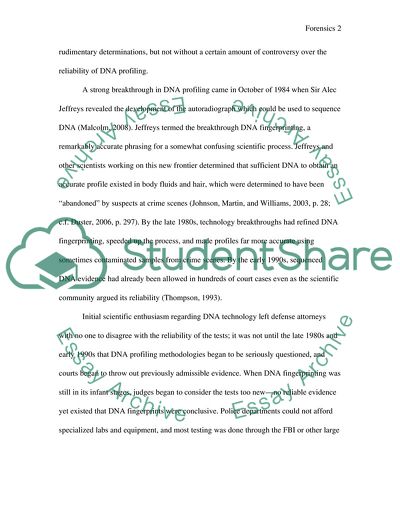Cite this document
(The Development of DNA Fingerprinting and Computer Forensics Assignment, n.d.)
The Development of DNA Fingerprinting and Computer Forensics Assignment. https://studentshare.org/law/1726707-the-history-and-future-of-forensic-science-in-criminal-investigations
The Development of DNA Fingerprinting and Computer Forensics Assignment. https://studentshare.org/law/1726707-the-history-and-future-of-forensic-science-in-criminal-investigations
(The Development of DNA Fingerprinting and Computer Forensics Assignment)
The Development of DNA Fingerprinting and Computer Forensics Assignment. https://studentshare.org/law/1726707-the-history-and-future-of-forensic-science-in-criminal-investigations.
The Development of DNA Fingerprinting and Computer Forensics Assignment. https://studentshare.org/law/1726707-the-history-and-future-of-forensic-science-in-criminal-investigations.
“The Development of DNA Fingerprinting and Computer Forensics Assignment”. https://studentshare.org/law/1726707-the-history-and-future-of-forensic-science-in-criminal-investigations.


